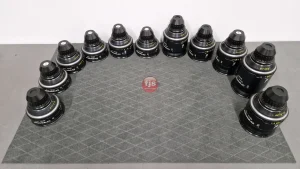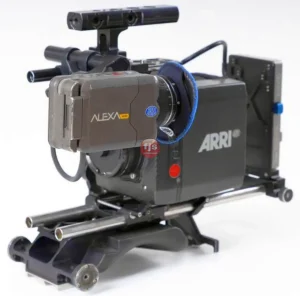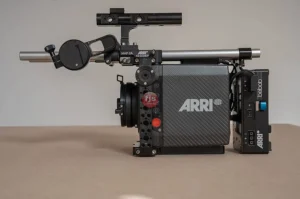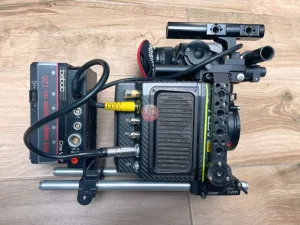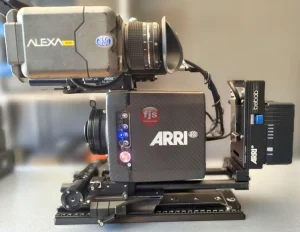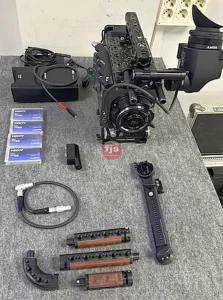Introduction:
Telephoto lenses are a crucial tool for photographers who want to capture stunning images from a distance. These versatile lenses, also known as zoom lenses or long-range lenses, offer a range of benefits that can greatly enhance your photography experience. In this article, we will explore the key features and benefits of telephoto lenses, helping you understand why they are a must-have addition to your camera gear.
Key Features and Benefits:
- What is a telephoto lens?
A telephoto lens is a type of camera lens that has a long focal length, allowing you to magnify distant subjects and bring them closer to your camera. Unlike wide-angle lenses that capture a broad field of view, telephoto lenses excel in capturing details from afar. - How does a telephoto lens work?
Telephoto lenses utilize a complex system of optics to achieve their long focal length. These lenses have multiple lens elements arranged in a specific configuration, allowing them to bend light in a way that magnifies distant subjects without sacrificing image quality. - What are the advantages of using a telephoto lens?
- Increased magnification: The primary advantage of a telephoto lens is its ability to magnify distant subjects, allowing you to capture details that would otherwise be impossible with a standard lens.
- Shallow depth of field: Telephoto lenses have a narrow field of view, resulting in a shallow depth of field. This allows you to isolate your subject from the background, creating a pleasing bokeh effect.
- Compression of perspective: Telephoto lenses compress the perceived distance between the subject and the background, resulting in visually appealing images with a compressed perspective.
- Versatility: Telephoto lenses are versatile tools that can be used in various photography genres, including wildlife, sports, and portrait photography.
- What are the different types of telephoto lenses?
Telephoto lenses come in various focal lengths, ranging from moderate telephoto to super telephoto. Moderate telephoto lenses, typically ranging from 70mm to 200mm, are commonly used for portrait photography and general telephoto applications. Super telephoto lenses, with focal lengths exceeding 200mm, are ideal for capturing distant subjects such as wildlife or sports events. - What should I consider when choosing a telephoto lens?
- Focal length: Determine the focal length you need based on your photography needs. Consider the distance at which you will be shooting and the level of magnification required.
- Aperture: The aperture of a telephoto lens affects its low-light performance and ability to create a shallow depth of field. Choose a lens with a wider maximum aperture for better low-light capabilities and enhanced bokeh.
- Image stabilization: Telephoto lenses tend to amplify camera shake, making image stabilization an important feature to consider. Look for lenses with built-in optical stabilization or compatibility with camera body stabilization.
Conclusion:
Telephoto lenses are indispensable tools for photographers looking to capture stunning images from a distance. With their ability to magnify distant subjects, create a shallow depth of field, and compress perspective, these lenses offer a range of creative possibilities. By considering factors such as focal length, aperture, and image stabilization, you can choose a telephoto lens that suits your specific photography needs. So, whether you’re capturing wildlife in its natural habitat or freezing action at a sports event, a telephoto lens is an essential addition to your camera gear.


